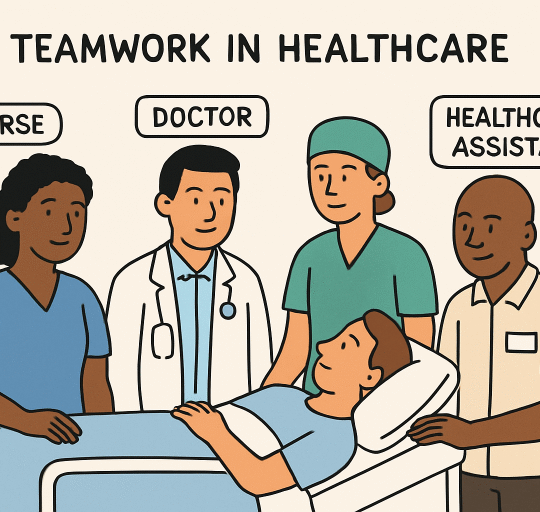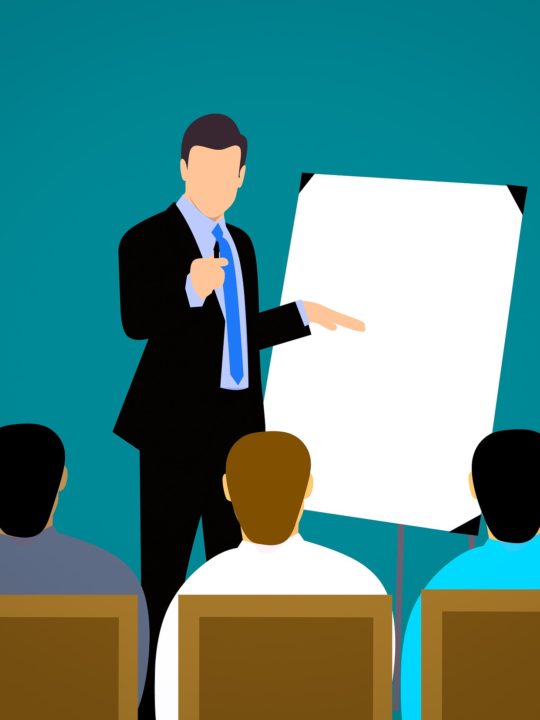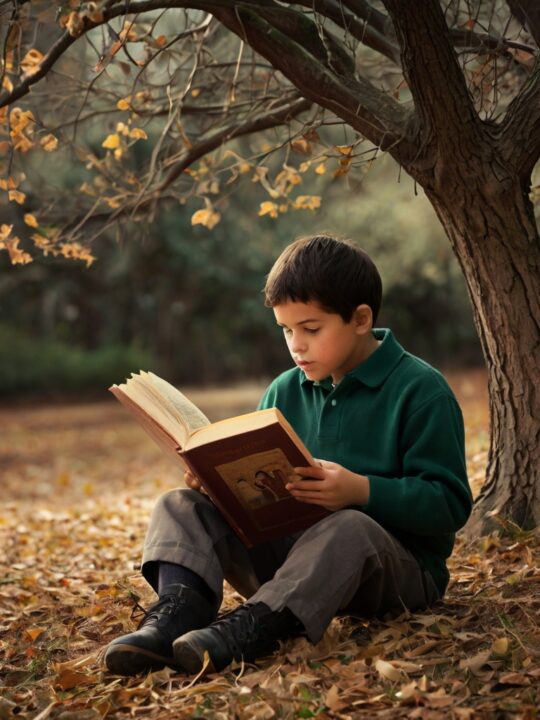For schools like the One World International School in Singapore, it is always about the kind of curriculum they offer students. If you check out their website or their prospectus, you will see terms like ‘holistic education’ or ‘globally recognised educational framework’ highlighted at every page. This is what pulls parents to the school – the promise that high quality education is waiting for your kids within the halls of the school.
Yet, a highly awarded curriculum would be unavailing if the educators that are using it cannot adapt it to the learning needs of each student. Indeed, all teachers have their own teaching style, but as different learning instructions are being developed, the approach to teaching evolves as well.
Here in this article, we will explore the fundamental teaching styles that educators are using now and are constantly improving as education gets more sophisticated.
Educational Taxonomy
Most educators are now using what is called an educational taxonomy or hierarchy to guide their teaching. The most popular of which are Bloom’s Taxonomy and Understanding by Design. Both are actually quite similar, but for the purpose of this article, let us talk about the Bloom’s Taxonomy.

The goal of this taxonomy is to go beyond memorising facts and figures in class. The student must be able to take that information and be able to apply it in real world scenarios. And then ultimately, the student should come up with a concept of theory based on the analysis and the synthesis done.
This type of learning promotes creativity and critical thinking, which a lot of schools are seeing. Adapting this kind of learning taxonomy is not just done in international schools anymore, but it is slowly becoming a norm.
Different Teaching Methods
With this taxonomy in mind, let us take a look at the different teaching methods that can satisfy this framework’s objective.
Direct teaching and replication – this is not spoon feeding, per so. But direct teaching means going by the book, sharing information with students with little to no abstraction involved. Then students are expected to repeat it either through experimentation or recitation. While a deeper understanding is not yet needed in this method, students are taught to focus on getting basic concepts right, which is also paramount to learning.
- Performance tasks – the educator will now encourage students to take the theories and concepts they have repeated in class and apply them into real world scenarios. Teachers can present them with a problem or an observation that will force students to formulate questions and to determine different sources of information. This project can be done in groups to promote collaboration and discourse among students.
- Discovery learning – now that educators have allowed them to find information on their own to solve real life situations, the students are expected to develop concepts based on their personal experience. Discovery learning also encourages their natural propensity to be curious because teachers are providing them with a platform to ask all the questions they think are necessary to address the activity, and then document and share their findings with the whole class.
The great thing about these teaching methods is they are not mutually exclusive. Depending on the school’s curriculum, you can just choose one and incorporate it to an existing teaching style an educator has been using successfully throughout the years. With the growing number of advancements in the field of science and the arts, mixing traditional teaching methods with these may well be underway.







